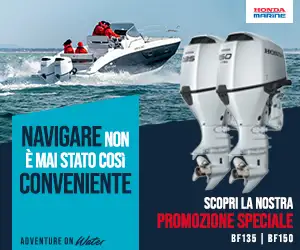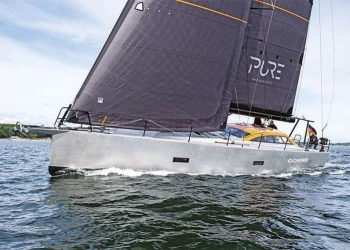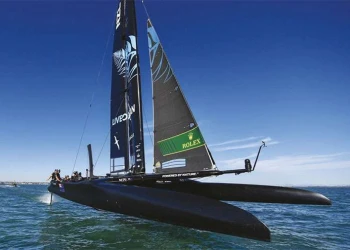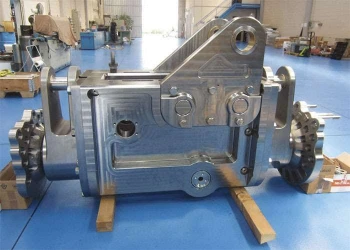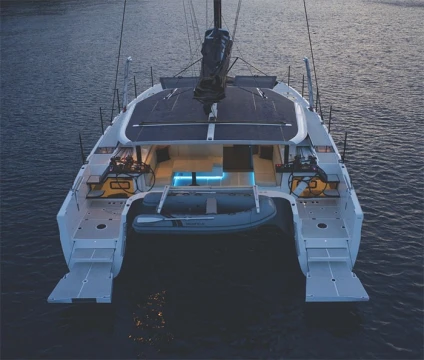
HH Catamarans is redefining a luxury performance multihull
HH Catamarans is redefining a luxury performance multihull
HH Catamarans is on a mission to redefine the concept of a luxury performance multihull… from 44ft all the way up to superyacht size
With the HH44, HH Catamarans launched a unique and very clever concept of sailing multihull into the market. Not reinventing, but defining a new type of luxury performance cat that has not, at least at 44ft, been available in this format. Before, there was basically a choice between luxury catamarans on one side and performance catamarans on the other and until the HH44, there has been no production catamaran that brings together these two apparently contravening worlds in such a convincing blend.
The 44 is only the beginning in a whole new generation of luxury performance cats by HH, where the ideas and innovations introduced in the 44 are being upscaled into a new HH52, and HH60. This also includes the HH80, which will be a true superyacht. It will require different parameters entirely and will, no doubt, also benefit from the creative, forward thinking design process and the vast experience of the HH company and its CEO, Paul Hakes, in advanced composite construction.
Let’s go back to the HH44 for a minute as this is the boat that initiated this new generation. As a luxurious and potentially very performative cat below 50ft, showing off a dashing profile to match, it is truly unique. And very successful, too as Ben Galloway, commissioning skipper of the very first HH44 sailing says, when he confirms that already 37 of these boats have been ordered. And all this with a seven-digit price tag that obviously does not deter discerning customers from going for this boat that has already been, as Paul Hakes likes to put it, “disruptive” to the market.
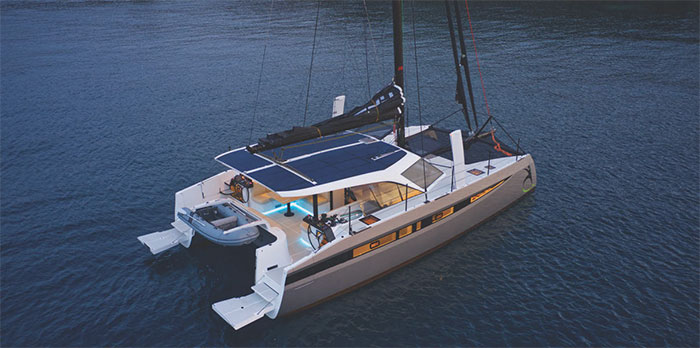
But how does he actually define the terms “luxury” and “performance” and how has his team been able to blend the two? ‘Luxury has more to do with carefully designed and executed detailing’, he explains: ‘Luxury can be aircon which is able to run in silent mode off batteries for days on end. And proper sized beds with quality sprung mattresses. And specially made cushions for the salon, comfy to sit in. This is luxury. Also, the headroom inside, between 6’8” to 6’10” (over 2m), which makes the difference between living properly on the boat, or just camping. Or take storage space. We have here the option of turning the forward cabin into a dedicated workshop or pantry with extra refrigeration. Lighting is very important, we have indirect lighting wherever possible to create a beautiful ambiance. Also, real night lighting to keep night vision when under way.’ He could carry on like this for a while, but we get the idea.
Performance, on the other hand, is seen by him as more than “just” sailing fast. ‘We have carefully designed canoehulls which offer a high payload without incurring many of the usual penalties in performance’, Hakes explains. ‘But performance also shows when we can sail in light air, while others are motoring. It all comes down to hull design, and keeping the weight out of the boat. The lighter we make it in the first place, the more payload it will be able to have. But it must also be robust and stiff. This goes a long way to delivering performance. Polyester boats are just too soft and flexible for top performance. All our catamarans are made in vacuum-infused foam sandwich composite using only epoxy resin, which is far superior to any polyester resin. Reinforcements like the bulkheads, beams, frames and longitudinal stringers are all constructed with massive use of carbon-fibres, again epoxy-infused. The hull sides are E-glass infused, with carbon in high-load spots like chainplates and daggerboard cases.’
Defining the size of the 44 was a matter of logic. ‘We wanted to go well below 50ft to create a boat that is easy to sail for a crew of family or friends, or even a couple. On the other hand, it still had to be a true world-cruiser which meant certain requirements in payload, stowage, and so on’, explains James Hakes, principal designer at HH. ‘And always keeping performance foremost in mind.’
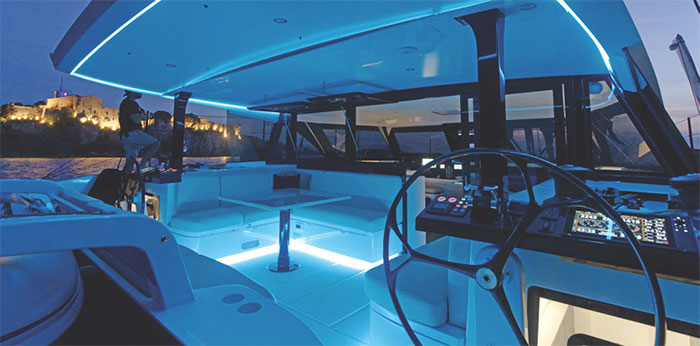
One item that defines the boat are the helm stations, which are located at the aft end of the hulls. This enabled the very sleek and sexy profile of the boat, and a large free area on the coachroof that is entirely covered in solar and also has the traveller running across it, safely out of the cockpit below. The huge array of solar amounts to 4.2 kW, and is one key aspect in the overall concept. The other is again performance related: by lowering the boom, the mainsail area could be increased, while the centre of effort at the same time moves downwards. This enables the crew to put more power into the main, without excessive heeling forces.
Ben Galloway has previously worked on large performance cats and is very impressed with the performance of the HH44: ‘I have been with the boat since launching and did a huge amount of sailing. We got the hull flying a couple of times, in test sailing we really pushed it hard to test the structure, all good, then I cruised with the owner and his wife down to Mallorca before coming to Barcelona. Remember, this is a 44ft boat, not big, so I am happy doing 8-10kts when cruising. But we have also hit 15-pointsomething, with the kite up. That’s very quick but it still felt nicely under control. Helming is very responsive and smooth and the boat really is silent when sailing.’
All lines are led aft below the clean decks, to winches at the helm stations just in front of the Jefa wheels. These can be canted and locked in three different positions: move the wheel outwards and you have a clear view along the side decks and into the sails; move it right inside and you are underneath the cockpit roof and sheltered from sun or rain. This is also a very sociable place for the helmsperson, and it feels safe. This is yet another unusual idea in catamarans: The HH44 has closed transoms, with fold-down bathing and boarding platforms usually found in monohulls. Thus, the usable deck space is carried right aft to the end of the boat, unlike with the more usual open transom steps, which can’t be used when under way. The overall length of the 44 is actually increased to 48ft when the transoms are down – effectively fitting a 48ft package into 44ft overall length.
As is natural for a true performance sailboat, the HH44 has a large sail wardrobe that allows several variations. The boat carries both a reacher and a gennaker, the latter on a on top-down furler. Then a good-sized Solent jib, plus a smaller, self-tacking staysail for heavy weather work, all on furlers. Reefing the mainsail is done from the helm winches, with a clever system of reef hooks that will take up the strain of the reefing lines when reefed.
The HH44 Sports Cruising version has curved daggerboards that provide lift which in turn generate a righting moment. However, the loads on these boards are enormous so they are made entirely from unidirectional carbon pre-preg, with each board then being tested to twice the calculated load before being fitted to the boat. The rudders are built in a similar fashion, with rudder stocks not made from aluminum or steel, but of solid carbon fibre: ‘This is dead solid, no voids, and will last as long as the boat’, says Paul Hakes. The rudder shapes and profiles again provide lift.
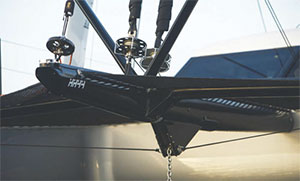
Winches are e-powered. Indeed, this boat has been designed from the start as being “electrified”. For the big draw items such as winches, traveller, and engines, it has a 48V battery bank, probably the first production boat to feature this. When not sailing, the boat is driven by an electric/ diesel hybrid system. This combines silent, emission-free propulsion with two conventional diesel engines for backup. The electricity is generated by solar, but also with hydro re-generation when sailing which works perfectly at the high speeds at which this boat will usually sail. ‘You can switch between electric and diesel’, explains Galloway, ‘to get a bit more power from the diesel, but for going in and out of harbours, electric is fine. With all the solar and re-gen I only very seldom start the diesels. It all charges the 48V battery bank and that will then fill the 12V battery bank. Twelve V is always going to be at 100 percent but 48V will go up and down, you just have to keep on top of that. We have already been away for two weeks without once plugging into shore power or starting the diesels.’
With a beautifully crafted, comfy and practical interior, the HH44 undoubtedly offers a unique package especially in her size range. Creating the true luxury performance cat in this size, down-sizing from the previous and larger HH models, must have been a real challenge. Mastering this was not a question of “inventing” just one new boat, but rather the end result of many very carefully considered, smart design choices which, when they finally all come together, form the overall result. The next developments at HH will now move into the other direction: upscaling the key features of the 44 to new, larger models. Next in line is the new HH52 that will, for example, feature the same aft helm stations, uncluttered decks and low coachroof profile for improved sailing performance that is so significant to the HH44. However, increased size opens up potential for new ideas; the HH52 will also have the option for a forward cockpit and tiller steering aft.
While the new HH44 will certainly pave the way for HH Catamarans in creating a whole new breed of luxury performance catamarans, we can also very much look forward to the larger models in this conceptual thinking that will for sure again surprise with fresh and innovative design solutions.
